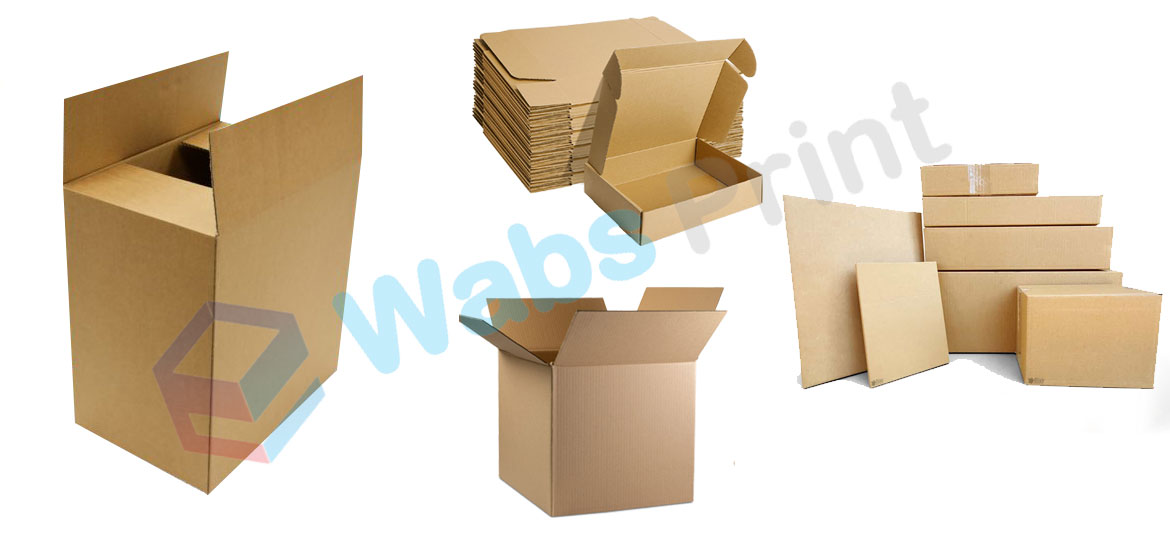- October 9, 2021
- Posted by: Wabs Print
- Category: Blog
When it comes to Cardboard packaging facts let’s first check what’s your recycling status been over the last 12 months? Sure, your wine bottle collection may be higher than normal However, you’ve been drowning in cardboard packaging!
Home deliveries and online shopping has led to a record need for cardboard boxes. According to BBC online retailers, like Forms Plus, have worked to find the best quality packaging to satisfy the growing demand. Although we’ve always provided what our customers want, it has caused us to pay more at the simple cardboard box. Here are some facts that you might not be aware of.
7 Fun Facts you might not know regarding cardboard containers:
1. Corrugated boxes

Corrugated cardboard to help tall hats stand straight was created by the British Patent issued in 1856. Around fifteen years after, you begin to find corrugated cardboard used to develop durable boxes. (The wavier part!) and a layer of lining is made of papers and fluting. There are various fluting levels available that determine how thick the box’s walls and lining layers are. One of the reasons for the present lack of cardboard boxes is that during lockdowns, people are storing the packaging at their homes or in garages rather than taking it into the local recycling center. Recycled cardboard has caused shortages because the raw materials are more scarce.
2. How Cardboard is Formed

2. Most cardboard boxes come by processing softwoods with long fibers, like pine or spruce, and the fir tree. The kind of tree used will affect the final color of the box. Trees that originate from Scandinavia tend to produce more dark brown cardboard than those of Brazil that are light brown or China and China, which tend to be more yellow. It is important to note that the Forestry Stewardship Council (FSC) helps take care of these forests. Their certification indicates that the cardboard comes produced from a managed forest. A large portion of the products we offer is certified by FSC.
3. Cats Love Cardboard boxes

“If it’s right, it can sit in it” We all know cats are fond of cardboard boxes, but what is the reason? The ethologist, Claudia Vinke of Utrecht University, has investigated cats at the shelter for animals. The results suggested that cats had a lower stress level by providing boxes to shelter in, regardless of how large it was.
4. Cardboard is Eco-friendly

one of the main Cardboard packaging facts is that it’s an Eco-friendly option currently available, which is non-toxic and biodegradable. It’s 100% recyclable. It can cut into the proper size and shape for your parcels, allowing them to take up less space in shipping, reducing carbon emissions.
5. Usage Impact of Cardboard

The UK is one of the nations with the highest rates of recycling for packaging. The most recent figures by DEFRA show that in the year 2017, 70 percent of UK packaging waste was recycled or recycled, with the highest percentage being 4.7 million tons of cardboard and paper.
6. While choosing Cardboard packaging

There are several aspects to take into consideration when selecting the best cardboard box. Alongside choosing the right size for your package, it is also essential to consider the size and thickness. An individual can purchase in the single and double wall. Double-wall boxes offer an additional layer of security for your goods. They can better be stacked and not crush and suitable for fragile, important, bulky, or expensive packages. They weigh less than single wall containers, which means they won’t add much to costs for postage.
7. First Cereal Box

The Kellogg brothers created the first cereal box made of cardboard during the first half of 1900, but at first, they threw the cereal out of the box and tucked heat-sealed wax bag on the exterior. These boxes are nowadays objects of collectors’ interest and can fetch hundreds of pounds.
Suppose you’re interested in learning more details about the cardboard box. In that case, You can check out the Cardboard packaging Facts page or contact us or, if we’re back in the area, it might be a good idea to go to the Cardboard and Printing Museum located in Valreas located in France (yes, it’s there! ).
